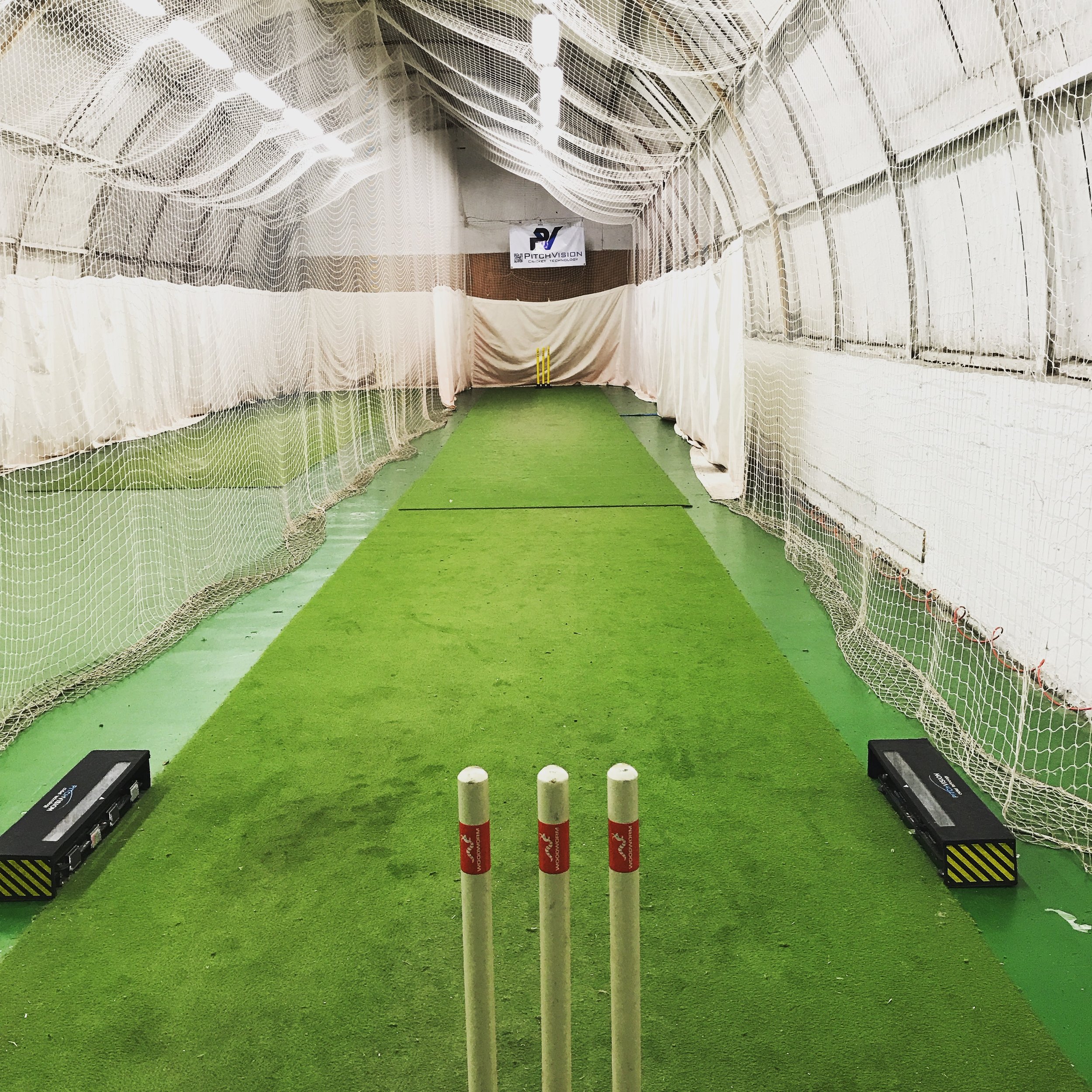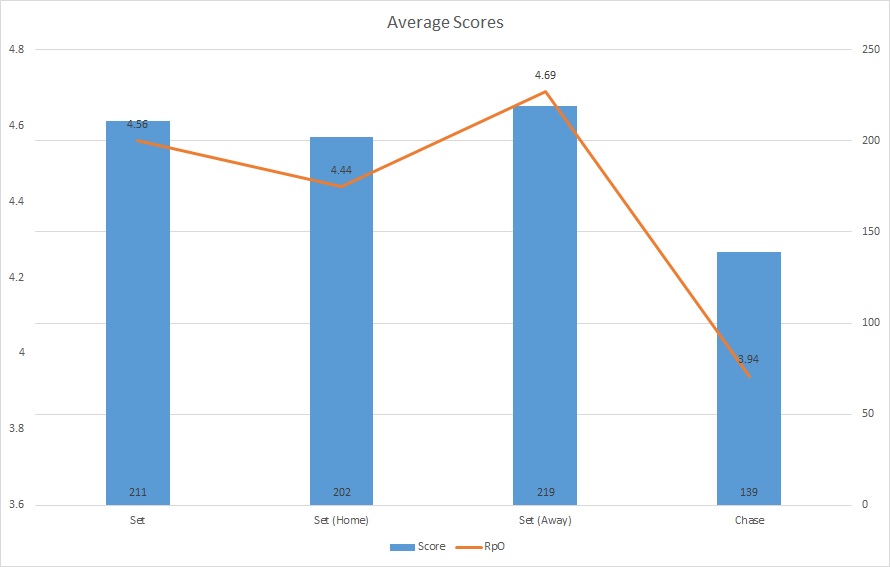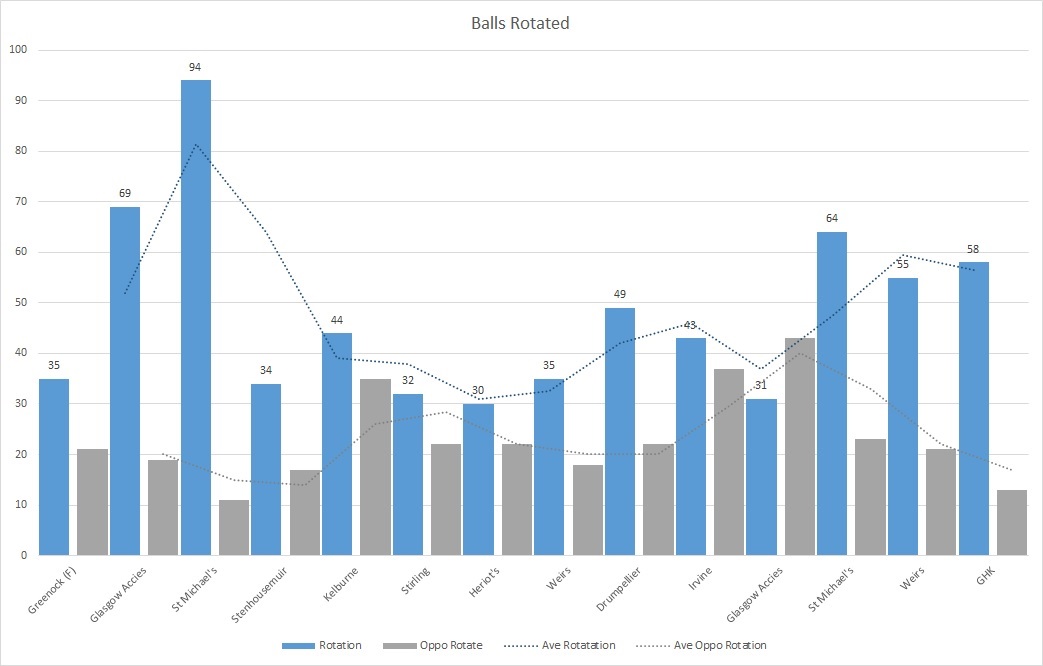I love a coaching tool and use many day to day. Yet the best one remains the Sidearm because it has allowed me to transform how I coach.
This isn’t a sponsored post. Although perhaps it should be. It’s more my personal story of the Sidearm and how it became an essential cricket coaching tool for me.
I first was given Sidearm by it’s inventor years ago before it was ubiquitous in county and international cricket. I thought it had potential and tried it out to the usual problem of being hopelessly inaccurate with it. I also was a big fan of the bowling machine at the time. It could feed accurately at a pace that challenged players so there was no huge incentive to learn a new skill. I kept it around without using it much.
In April 2015 I got the Head Coach job at West of Scotland. I decided it would be more useful in coaching sessions because it’s more flexible and quicker to set up than the bowling machine. I still wasn’t very good with it, so used it sparingly. I bowled a lot of short balls!
Come winter, I decided I preferred the Sidearm, in principle, to a bowling machine. It’s much closer to actual bowling; the batsman can see the release and action. I could send it down at a good lick (certainly faster than my average meds). The barrier of the machine was gone so I could coach more quickly with shouting over the top of the whirring.
The problem was, I was still terrible.
Fortunately, I had PitchVision, indoor nets and a willing player to bowl at through the winter. I bowled in excess of 60 overs between September and January, doubling my accuracy while increasing speed. It took the first few hundred to click, but the improvements were dramatic towards the end of this period. I was confident I could get the ball down the other end reasonably well.
Now I had a tool I could use. And a world opened up.
One to one coaching sessions changed from machine and throw down drills to open net style sessions based far more on a holistic approach to batting where we would work on building game sense and technical effectiveness over perfection. My style was leaning this way already, the Sidearm both made it possible to achieve and sped this process up.
I couldn’t have done it without the Sidearm.
Fast forward to this winter. I’ve bowled thousands of balls with a Sidearm and got much better again. I have also embraced a number of modern coaching touchstones; growth mindset, CLA and TGfU, athlete-centred and NLP. While I could focus on these things without the Sidearm, it would make life a lot harder. I’ve got good enough with it to recreate most types of ball a bowling machine can deliver, up to about 80mph on a good day (about 65 on average).
Here’s the benefits as I see them,
- Built to match my style of working with a player unobstructed in an open net environment. (No fixed unopposed drills)
- A more realistic, lower cost, more portable bowling machine (when you get good enough).
- Allows bowlers a rest in team nets or middle practice as the coach or batsmen can bowl (even in pads).
In short, I strongly advise it’s worth putting in the effort to learn to throw. The biggest hurdle for most is the shame of bowling terribly with it while you learn. I get that, but power through by chucking some into an empty net when you get the chance. It took me about 450 balls (five hours or so) to feel OK about it. I suspect most people will need less time.
My coaching life would be significantly harder and I would be much less effective without the Sidearm. We have five at West and I encourage everyone to practice it, especially the non-bowlers. There are several Western Warriors who are working on it too. I am getting a few disciples.
I cannot recommend the tool enough. It’s invaluable.































